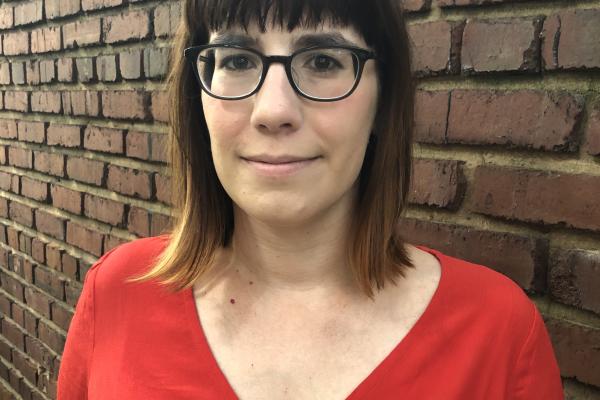
The Group for the Intellectual Life of the Department (GILD) routinely invites emerging scholars to give a lecture highlighting new directions in art history.
Artistic Expertise and the Fate of Artifice in Late Medieval Switzerland
In the fifteenth and sixteenth centuries, Swiss artists developed a mode of painting steeped in skepticism of the miraculous and visionary, innovating a sophisticated repertoire of visual strategies that paralleled new judicial procedures for verifying the sacred. These artists deployed their professionalized knowledge of nature and its processes to faithfully represent the appearance of not the natural but the supernatural – what was, by legal definition, a disruption of the ordinary course of nature. Instead of making claims for their art as a mirror of nature, they explored different material means for transcending nature’s limitations. They therefore imparted a new kind of epistemic value to their work, generated by the material presence of the image and guaranteed by a novel valuation of the artist’s expertise.
This talk examines the emergence of this alternative naturalism in Switzerland, focusing, in particular, on its culmination in the work of Niklaus Manuel. As his contemporaries increasingly made bold assertions about the capacity of their images to certify the supernatural, Manuel reveled in undermining its evidentiary value. As this talk shows, he aligned the transformative effects of his craft with the deceptive power of witches, sex workers, and demons, exposing the murkiness of the threshold that divided artistry from sorcery. Yet these critical revelations should not be construed as a rejection of this mode of naturalism; instead, he ironically confirmed the contingency of artistic creation on the very forces that endangered it. This account thus charts the increasingly vexed relationship between human artifice and its evidentiary status on the eve of the Reformation.
Tamara Golan, Assistant Professor, Department of Art History, University of Chicago
Tamara Golan (Ph.D., Johns Hopkins University) is an Assistant Professor in the Department of Art History at the University of Chicago, specializing in fifteenth- and sixteenth-century art in Germany and Switzerland. Her research straddles the traditional divide between medieval and early modern, focusing on artists and works that transcend and complicate these categories. Golan is in the process of completing her first book, which explores the role played by legal definitions of evidence in the development of pictorial naturalism during the century leading up to the Reformation in Switzerland. She is also co-editing a special issue of Selva on Marxist methods of art history in East Germany. Her work has been supported by the American Council of Learned Societies, the Samuel H. Kress Foundation, and the Kunsthistorisches Institut in Florence. She is currently on leave this year with an Andrew Mellon Fellowship at the Institute for Advanced Study in Princeton.
Image caption: Niklaus Manuel, Death of Lucretia, c. 1518, colored chalk drawing, Kupferstichkabinett, Kunstmuseum Basel
